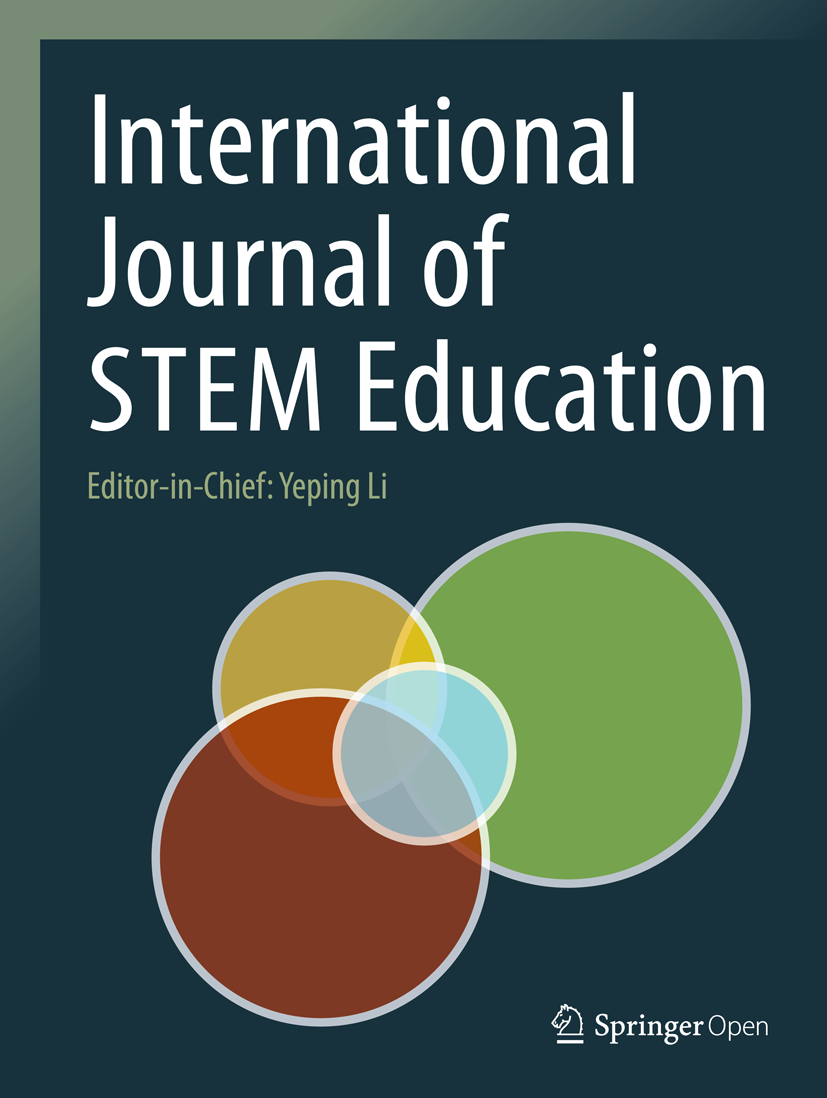STEM途径中的性别差距:在高度分化的学校系统中中学课程的作用——以智利为例
IF 8
1区 教育学
Q1 EDUCATION & EDUCATIONAL RESEARCH
引用次数: 0
摘要
STEM领域在提高经济的技术和创新能力方面发挥着重要作用。由于女性在STEM劳动力中的代表性不足,已经实施了多种战略,以提高她们对这些领域的准备和兴趣,包括早期接触学术和职业STEM课程。以智利高度分化的学校体系为例,本文考察了中学课程对学生在职业高等教育机构和大学提供的STEM课程中的入学率和持久性的作用。在此过程中,我们试图确定在学术或职业轨道上接触STEM课程是否会减少STEM高等教育中的性别差异。我们的研究结果显示,与STEM课程相关的高中课程与STEM高等教育的入学率呈正相关,并且在某种程度上与持久性呈正相关。更具体地说,在学术轨道上接触STEM课程是提高进入STEM大学项目的机会的最有效途径,但与以后的坚持没有关系。相比之下,在高等职业院校的STEM项目中,职业轨道中的应用STEM课程在入学率和持久性方面表现更好。然而,由于男性比女性从早期接触应用STEM课程中受益更多,这一STEM管道显著扩大了性别差距。我们还发现,其他间接途径,如从职业轨道报名参加STEM大学项目,学习应用STEM课程,可以提高女性对这些项目的参与度,有助于缩小性别差距。虽然中等STEM课程吸引了更多的女性学生进入STEM高等教育,但由于性别差距在更有效的途径中扩大,仅靠中等STEM课程不足以实现STEM领域的性别平等。在高度分化的学校体系中,政策制定者和高中领导应该为对STEM研究和职业感兴趣的女性提供更多支持,以促进女性在STEM领域的参与。同时,所有高中学生都应该能够选择学术和应用STEM课程作为其非必修课程的一部分。本文章由计算机程序翻译,如有差异,请以英文原文为准。
Gender gap in STEM pathways: the role of secondary curricula in a highly differentiated school system—the case of Chile
Abstract Background STEM fields are instrumental in increasing the technological and innovative capacity of the economy. As women are underrepresented in the STEM workforce, diverse strategies have been implemented to boost their preparedness and interest in these fields, including early exposure to academic and vocational STEM courses. Using the case of Chile’s highly differentiated school system, this paper examines the role of secondary curricula on students’ enrollment and persistence in STEM programs offered by vocational postsecondary institutions and universities. In doing so, we seek to identify whether exposure to STEM courses within the academic or vocational tracks translates into fewer gender differences in STEM higher education. Results Our results reveal that upper-secondary tracks connected to STEM courses are positively associated with enrollment in STEM higher education and, to some degree, persistence. More specifically, exposure to STEM courses in the academic track is the most effective path to boost chances of enrolling in STEM university programs but has no connection to later persistence. In contrast, applied STEM courses within the vocational tracks perform better in the case of STEM programs in postsecondary vocational institutions both in enrollment and persistence. However, this STEM pipeline significantly amplifies gender gaps as males benefit more than women from early exposure to applied STEM courses. We also found that other indirect routes, such as enrolling in STEM university programs from the vocational track with applied STEM courses, boost female participation in these programs, helping reduce gender gaps. Conclusions While secondary STEM courses attract more female students to STEM higher education, they alone are insufficient to achieve gender equality in STEM fields as gender gaps widen in the more effective routes. In highly differentiated school systems, policymakers and high school leaders should offer increased support to women interested in STEM studies and careers across all secondary tracks to boost female participation in STEM fields. At the same time, all high school students should be able to select both academic and applied STEM courses as a part of their non-mandatory curriculum.
求助全文
通过发布文献求助,成功后即可免费获取论文全文。
去求助
来源期刊

International Journal of Stem Education
Social Sciences-Education
CiteScore
12.40
自引率
11.90%
发文量
68
审稿时长
13 weeks
期刊介绍:
The International Journal of STEM Education is a multidisciplinary journal in subject-content education that focuses on the study of teaching and learning in science, technology, engineering, and mathematics (STEM). It is being established as a brand new, forward looking journal in the field of education. As a peer-reviewed journal, it is positioned to promote research and educational development in the rapidly evolving field of STEM education around the world.
 求助内容:
求助内容: 应助结果提醒方式:
应助结果提醒方式:


